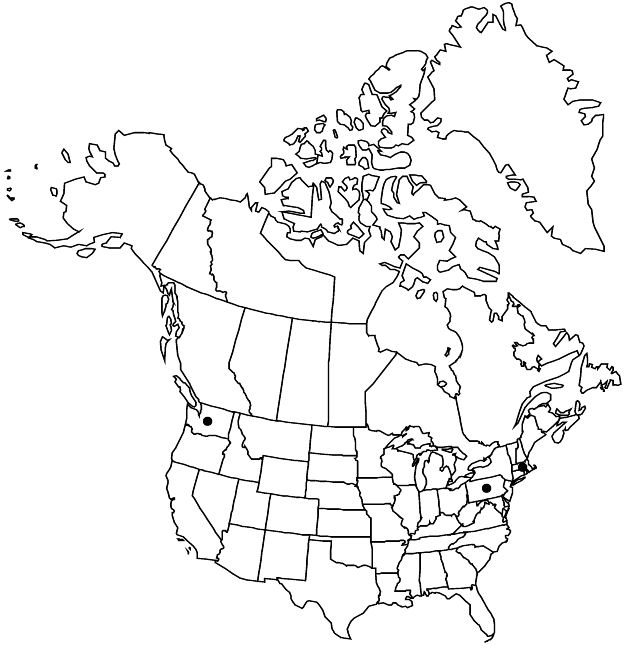Cornus sanguinea
Sp. Pl. 1: 117. 1753.
Shrubs, to 3 m, flowering at 1 m; rhizomes absent. Stems clustered; bark maroon to reddish brown, not corky, loosely verrucose; branchlets reddish brown to yellow to maroon, appressed-hairy when young; lenticels protruding on 2d year branches; pith white. Leaves: petiole 5–38 mm; blade elliptic to narrowly ovate, 4–17 × 1.5–12 cm, base attenuate, apex acuminate, abaxial surface white, hairs erect and appressed, tufts of erect hairs present in axils of secondary veins, adaxial surface green, hairs erect; secondary veins 3–5 per side, most arising from proximal 1/2. Inflorescences flat-topped, 3–6 cm diam., peduncle 20–40 mm; branches and pedicels green, turning maroon in fruit. Flowers: hypanthium densely appressed-hairy; sepals 0.2–0.6 mm; petals white, 2.5–4 mm. Drupes purple-black, globose or subglobose, 6–10 mm diam.; stone globose, 4–6 mm diam., smooth or slightly grooved, apex rounded. 2n = 22.
Phenology: Flowering Apr–Jun; fruiting Aug–Sep.
Habitat: Disturbed areas.
Elevation: 0–1000 m.
Distribution

Introduced; Mass., Pa., Wash., Europe, w Asia.
Discussion
Cornus sanguinea is frequently planted across North America and occasionally has become naturalized.
Selected References
None.